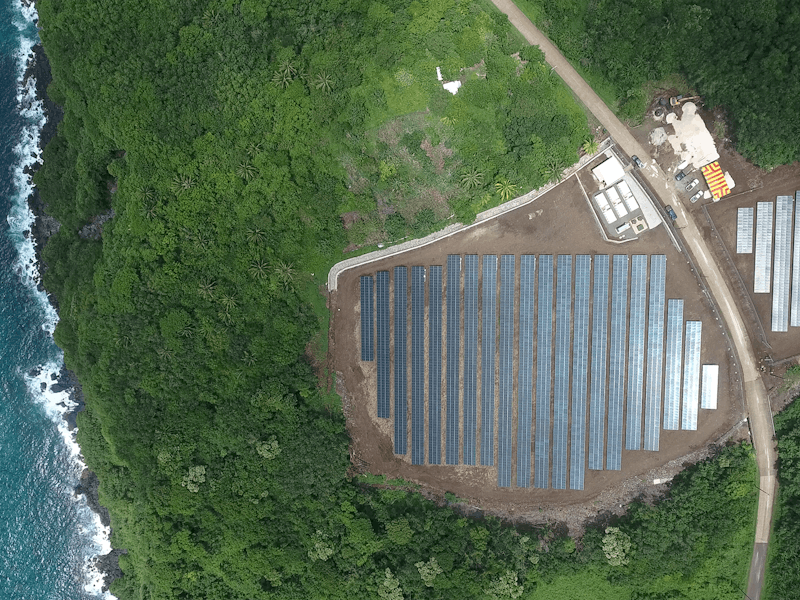Tesla’s most ambitious idea may not be an electric car after all
Tesla's energy services are a quieter part of the company's plans. That could soon be about to change.

Tesla is taking new steps toward becoming an electricity service provider, a move that would expand the California-based firm beyond its main business of selling electric cars and solar energy solutions.
The Telegraph reported Saturday that Tesla has applied for a license to generate electricity in the United Kingdom. The BBC reports that application, sent to the Gas and Electricity Markets Authority on Tuesday, would give the company the right to generate electricity, before supplying it to any premises in Great Britain. Electrek also reported Sunday on the firm's software known as Autobidder, which its website explains "provides independent power producers, utilities and capital partners the ability to autonomously monetize battery assets" – or, in other words, it trades renewable energy more efficiently.
They come as Tesla works to build itself up to producing batteries at even greater speed, as part of its goal to transition more of the world onto sustainable energy. Tesla produces batteries for its electric cars, but the cells are also useful for renewable energy sources like wind and solar because they allow firms to store energy and provide a more consistent 24-hour service. Far from just selling consumers cars and sitting back, CEO Elon Musk declared in October 2019 that the firm's goal was to "effectively to become a giant distributor global utility."
A fleet of Tesla Powerpacks.
Tesla's grid-scale Powerpack batteries have already had an impressive effect. The Hornsdale facility in South Australia, completed in November 2017 after CEO Elon Musk publicly bet his firm could complete it in 100 days, ranked as the world's largest lithium-ion battery with 129 megawatt-hours of storage. It was upgraded to 193.5 megawatt-hours in December 2019, and the facility is among those using the Autobidder software. In one of its first tests the month after completion, when the Loy Yant power plant in Victoria failed, the facility managed to restore power in an impressive 140 milliseconds. Tesla has outlined plans to build an 810 megawatt-hour project in Hawaii in 2021.
The company has also moved into virtual power planet setups, where consumers install batteries and solar panels on their roof. Unlike traditional purchases, where the energy is used by a household and possibly sold back to the grid on an individual basis, a virtual power plant pools resources together to more effectivity utilize a community's energy generation. Electrek claims a Tesla-run Vermont installation is already using Autobidder.
Tesla has also worked with existing electricity providers to offer its product owners special rates. The firm works with Octopus Energy in the United Kingdom to offer a special deal where the two firms "optimize" a user's energy and send it back to the grid when necessary, enabling users to take advantage of the cheapest electricity prices. The plan led to speculation on Reddit that Tesla's Autobidder software could play a role in ideas like these.
While Tesla's latest moves would indicate plans to move even further into the energy business, it seems there are some limits to these plans even from the normally-ambitious Musk. When asked during the company's first-quarter 2019 earnings call last week whether the firm had any interest in acquiring facilities like Hornsdale instead of just selling them batteries, Musk said: "We haven't really thought about that yet."
The Inverse analysis – Tesla probably won't become a primarily-energy firm tomorrow, but these latest moves suggest the firm is considering ways to make its products work smarter within the grid. The products have traditionally been seen as an extension of the electric car business, to the point where the launch of the Tesla Model 3 pushed the Tesla Solar Roof onto the backburner. But projects like Hawaii and Hornsdale have helped push the firm further into grid-scale storage, and it's perhaps logical that it's seeking ways to make these products work better.
Perhaps the biggest change that could make Tesla a serious player in electricity may not be any of the above changes, but in fact, a plan outlined in 2019 to move from producing tens of gigawatts of batteries per year to "multiple terawatt-hours."